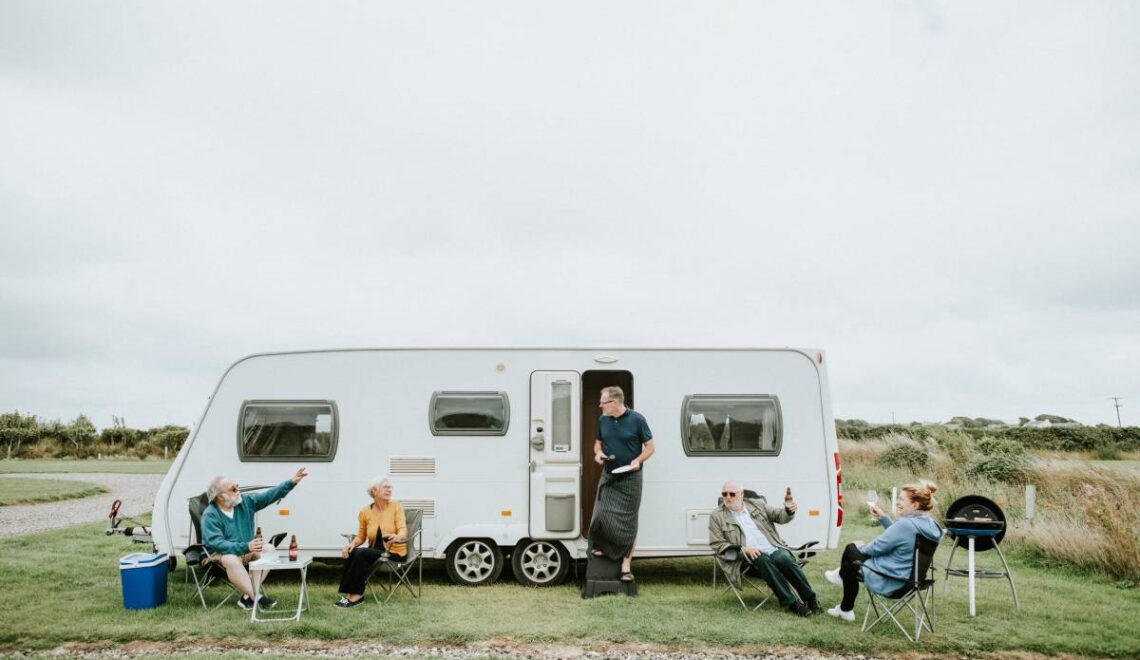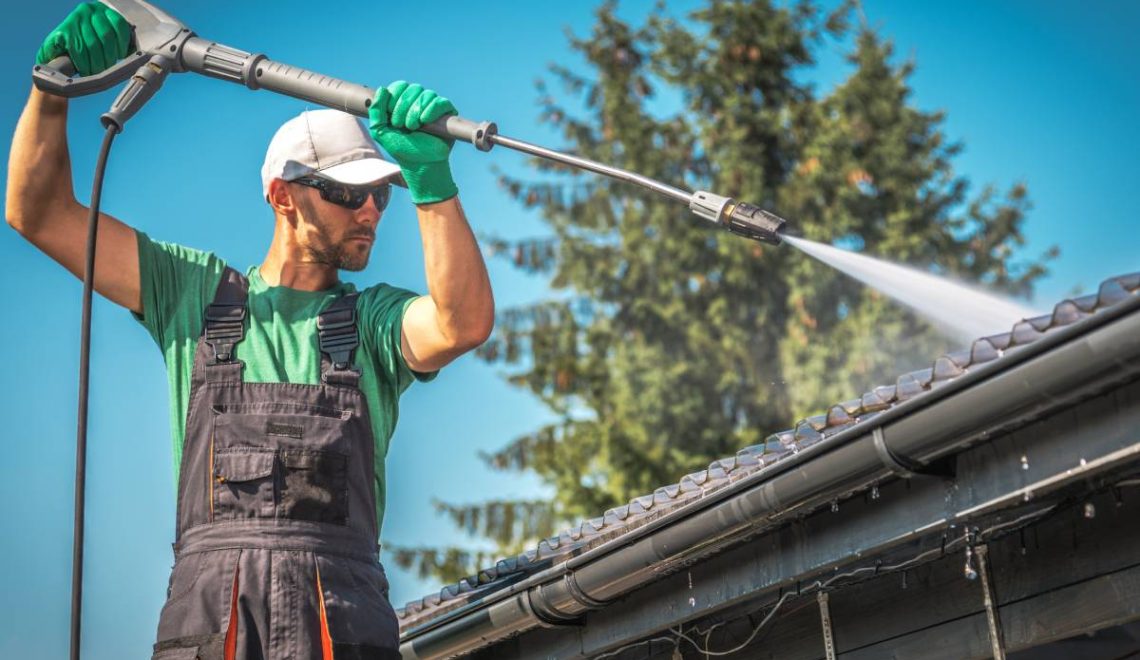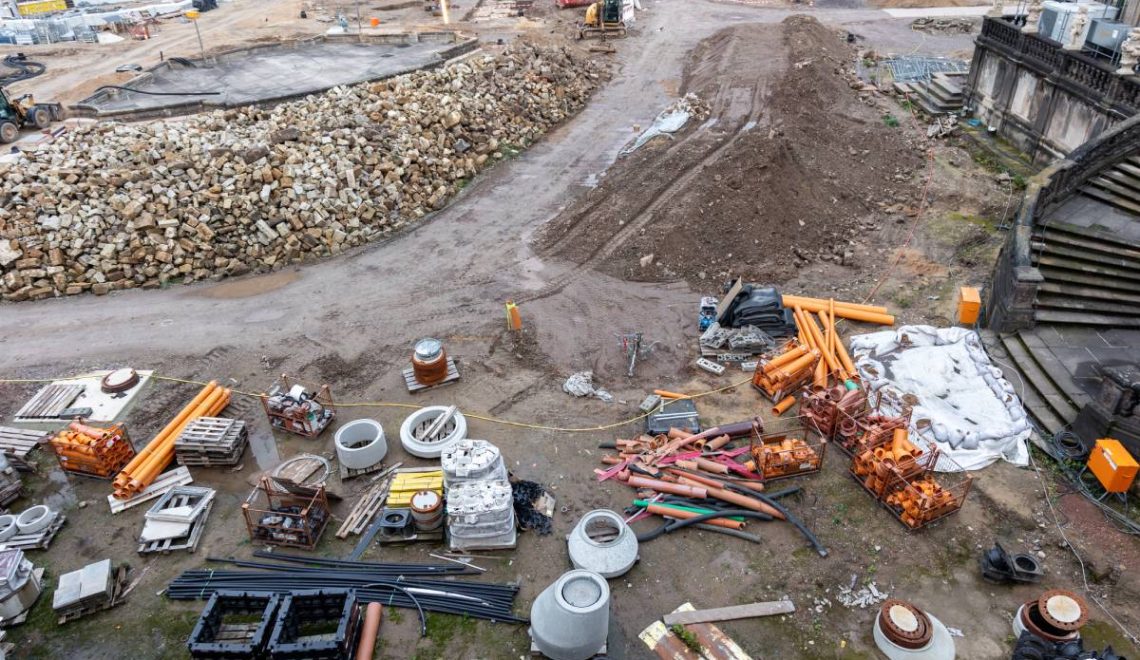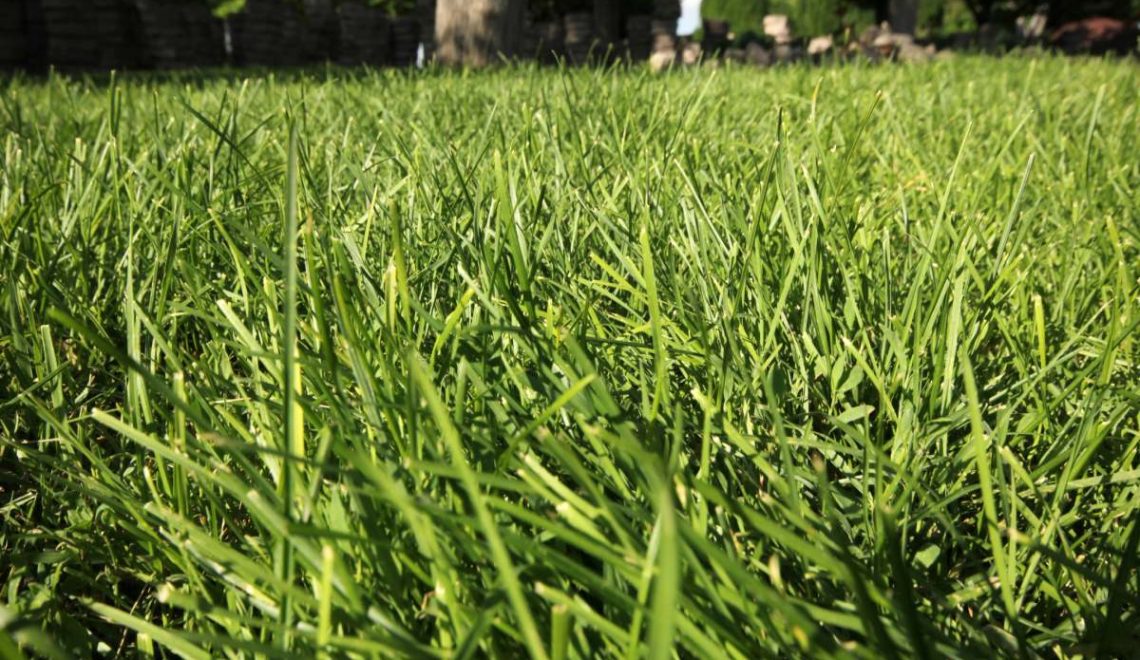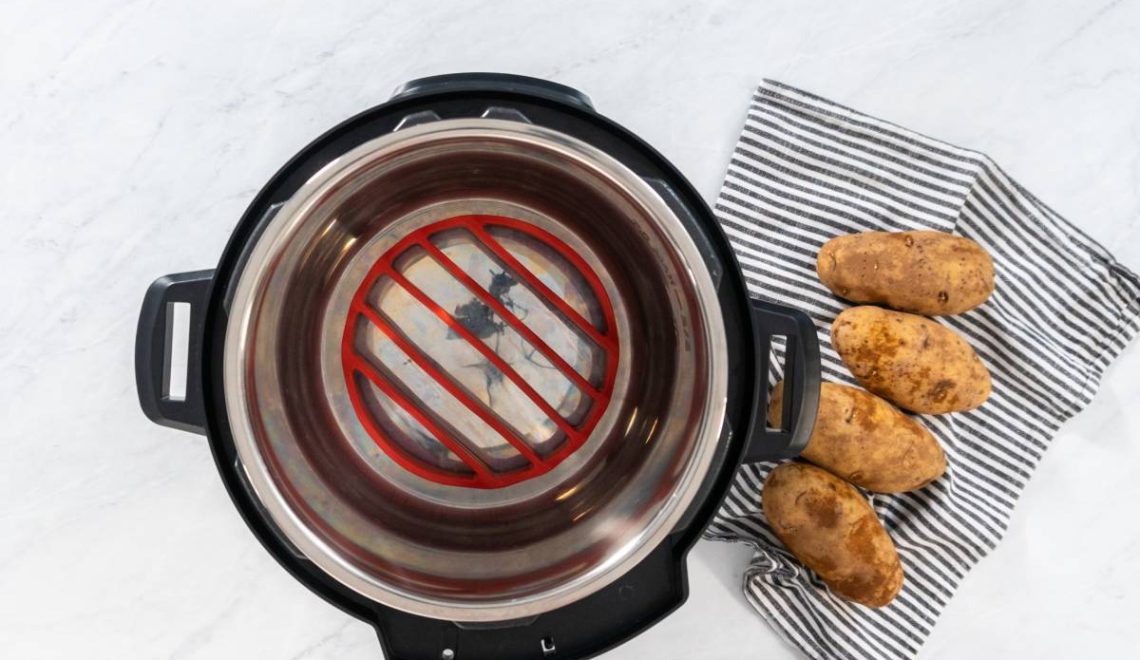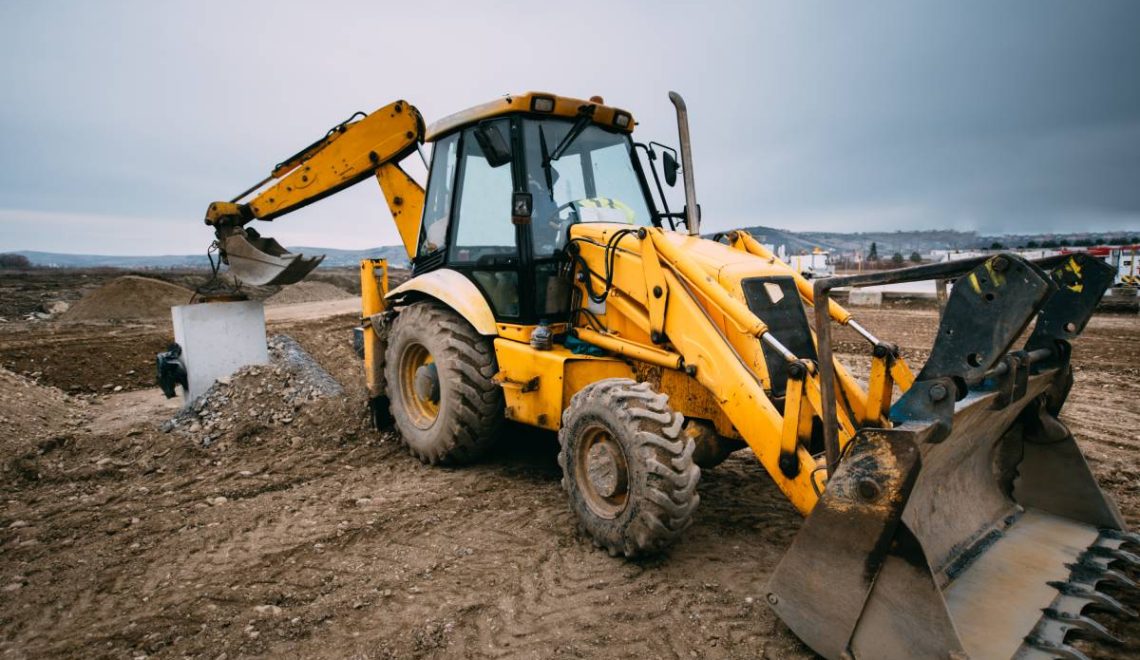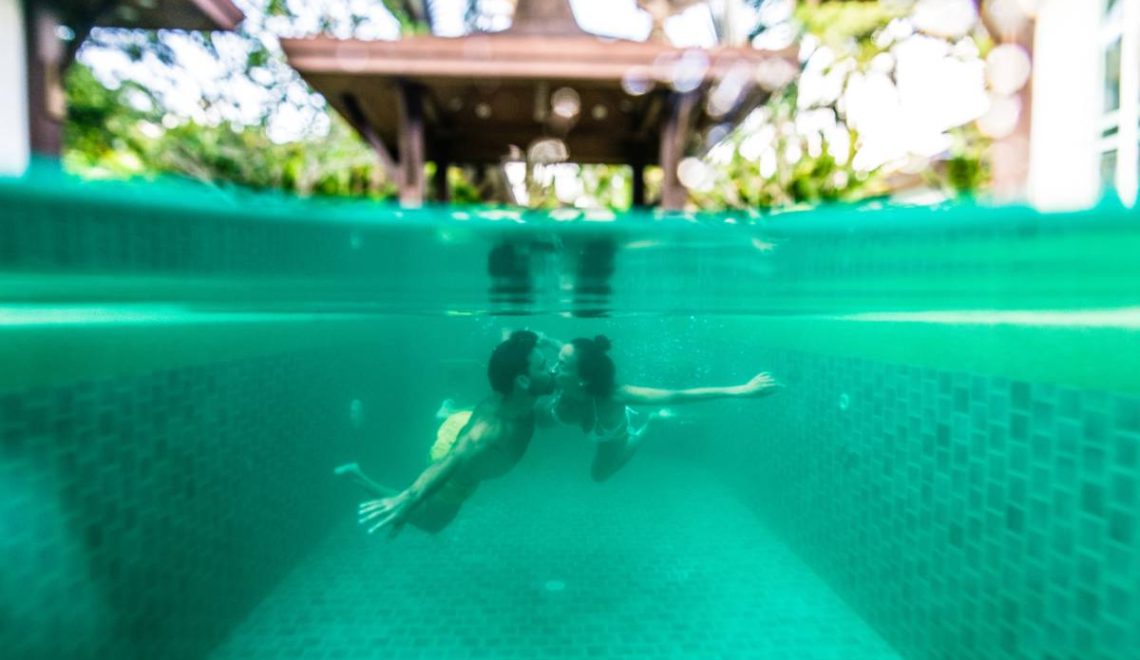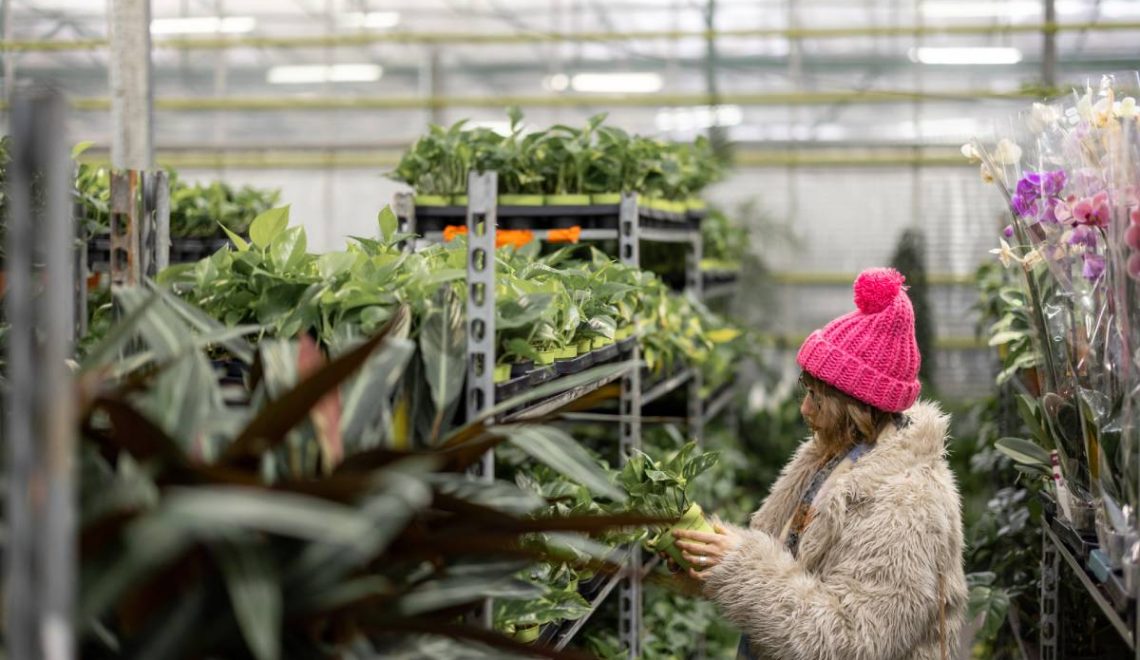Caravans Explained: Travel, Safety & Maintenance Tips
Imagine being able to travel anywhere you like while carrying your home with you, complete with a bed, kitchen, and all your essentials. That’s the magic of a caravan. Whether you’re exploring scenic coastlines, camping in the countryside, or heading on a long road trip, a caravan gives you the freedom to travel in comfort and style.

